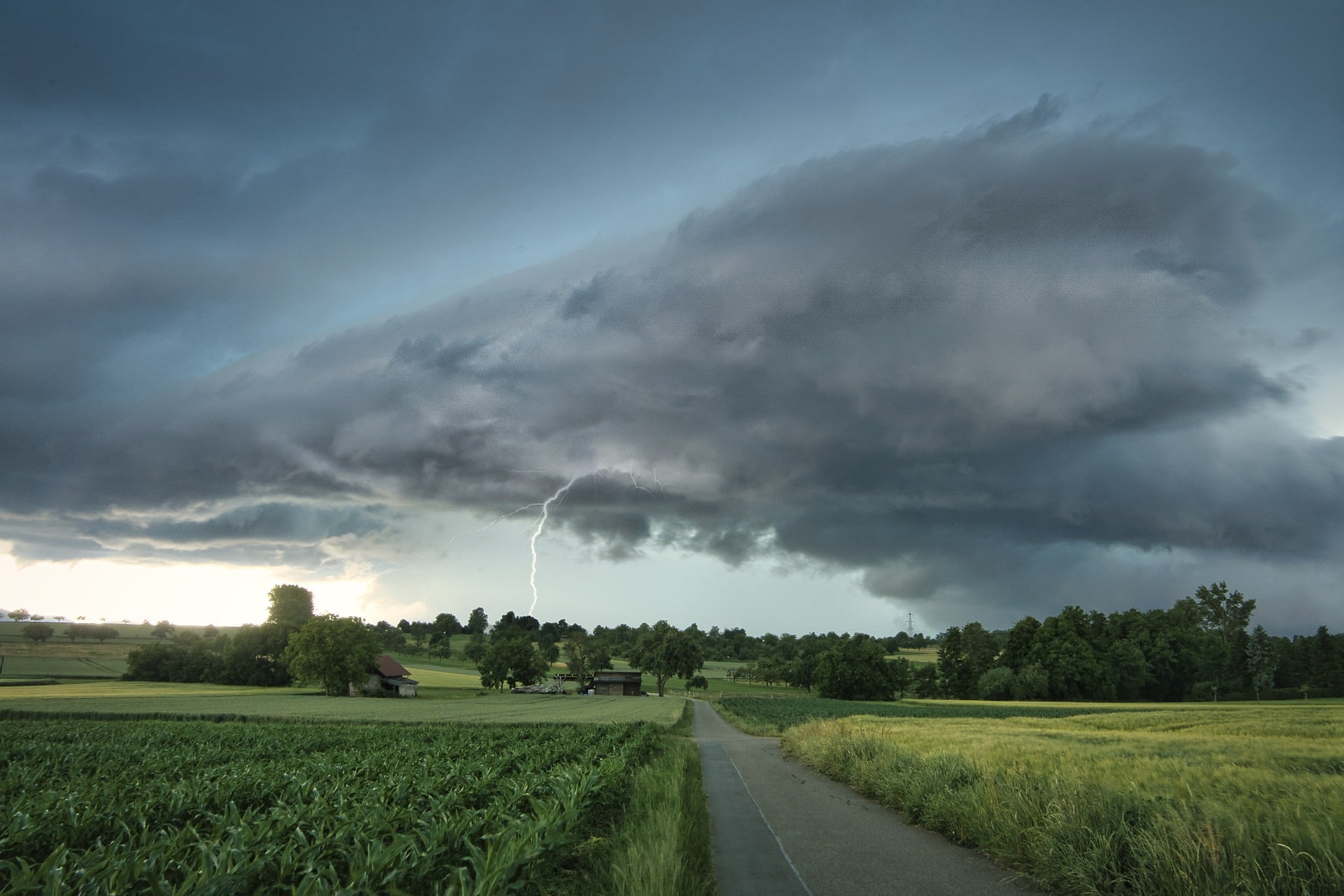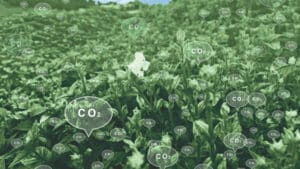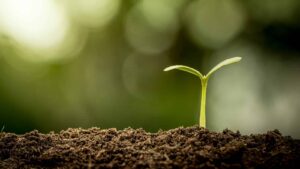Getting innovation right involves aligning so many factors: from research challenges, hard work, insight, determination, committed investments and, usually, a lot of luck. For innovations to develop into markets, the technologies need to align with the dominant societal narratives, the shared values and visions populations embrace when they tell their stories. Brilliant seed innovations may never develop if influential publics sense any narrative abrasion with the values, they hold dear (e.g., biotechnologies that are seen as non-natural, corporate, uncertain, non-traditional …).
Today the dominant societal narrative is climate change, and the stories seed breeders can tell of the part they play in fighting this threat is important. Many environmental activists are spinning a story of agriculture as a problem for the climate, of industrial farming destroying biodiversity and uncontrolled methane emissions playing havoc with our environment.
Seed breeders are the key to shift this narrative toward farming as the source of climate solutions. So how can seed science answer our climate change challenges?
Reduction of CO2 emissions: Conventional farming is seen as intensive, industrial and carbon-emitting, captured by the fossil fuel and chemical corporations. Seed breeders need to show how they have developed the tools to make agriculture climate-positive.
No-till agriculture: Herbicide-resistant seeds allow for more efficient no-till (regenerative) farming. The climate benefits include more carbon sequestered in the soil, less need for irrigation, higher yields and better soil nutrients. Fewer tractors ploughing fields also reduces the carbon footprint.
Reduced fertiliser use: With the high use of fossil fuels in fertiliser production gaining attention, developments in seeds that grow well with less fertiliser (e.g., better nitrogen use efficiency) will help make farming more sustainable.
Multiple-cropping: Intercropping or mixed cropping can help maintain soil fertility while increasing crop yields and reducing fertiliser use. Developing more compatible intercropped seeds will augment this process
Better cover crops: Many sustainable farming pioneers are developing multi-species cover crop mixes to prepare, protect and feed their soil for the coming rotations. The opportunities for better cover crop seed varieties are significant for improved soil nutrition, fertiliser reductions and carbon sequestration.
Sustainable Intensification: We need to grow more food on less land, with growing urban populations and less predictable climates and food systems. Several studies have shown how seed breeding has accounted for between 60 and 85% of yield increases over the last 50 years. With the need to rewild less productive land, any yield intensification will rest on the shoulders of seed breeders.
Better climate resilience: As farming conditions get hotter, dryer, wetter, less seasonal, more pest-ridden and unpredictable, farmers will need new seed varieties that can survive and thrive in such conditions. The challenge is on for more local solutions.
Biodiversity improvements: “Industrial agriculture” has borne the brunt of the blame for species loss and ecological damage. Developing seeds that can thrive in mixed environments or with fewer pesticides will give farmers more opportunity to enhance the ecology in their fields.
Increased micronutrients: In a world with increased climate stresses, growing populations and soil challenges, diets in poorer regions will suffer. Malnutrition can be reduced by enriching food staples with important vitamins and minerals.
Animal feed innovations: The cries to abandon livestock farming get louder with every bovine belch. While some feed additives are helping to reduce methane emissions, a simpler approach would be to develop more climate-friendly feed solutions.
Reduced food waste: Eliminating food waste would eliminate a large part of the climate campaigners’ criticisms of agriculture. Gene editing techniques have shown how a large amount of spoilage can be reduced, cold storage can be avoided, and freshness maintained for longer.
Next generation biofuels: The biofuel revolution fell flat in the 2000s with the choice of traditional seed varieties that threatened food security and did not attain net-zero. The enhancement of non-edible plant varieties that can grow well on marginal lands is allowing policymakers and investors to take a second look.
Tell the Story
The narrative at COP-26 in Glasgow leaned more toward eradicating problems (precautionary) rather than promoting solutions (innovative). Seed science has a wonderful story to tell of how climate change can be mitigated, how humans can adapt without having to surrender their lifestyles or food security. The societal narrative has shifted into crisis mode; “all-natural” is a luxury only the most affluent of activists are willing to defend. At the same time, many of the media-intensive risk issues of the 1990s (GMOs, nuclear energy, vaccines…) appear less threatening.
The world is ready to embrace plant biotechnology innovations, but the story has to be told properly:
- stress the benefits;
- show the continuity (for farming, consumption, ecology and quality);
- identify the positive impact on people’s lives; develop the ecological/sustainable solutions;
- and provide a multiple array of alternatives.
When we turn our focus to climate issues next December in Egypt for a post-pandemic COP-27, I would hope to see seed scientists touting their innovations from a big tent.













